Practical benefits for the public sector
- With rapidly developing ecosystems and access to real-time data, it is easier to forecast economic trends and tax revenue.
- The state administration would save about €22 million each year if all receipts and purchase invoices were in electronic format and could be processed automatically.
- Authorities could use information already provided once.
- When companies’ financial situation can be monitored in real time, applying for subsidies in exceptional situations would be easier, while at the same time, financial trends in individual sectors could be analysed in real time.
There are also benefits to society at large
One purpose of the project was to identify and develop new services for all actors in the sector and identify official functions that are currently nobody’s responsibility. There will be significant benefits to service development and companies when government agencies use interfaces to make their register data accessible. Manual work is expected to decrease as companies’ systems and services can use the technical connection between systems to make the necessary data checks. Incomplete basic register data can also be automatically supplemented using the same connection.
Read more:
